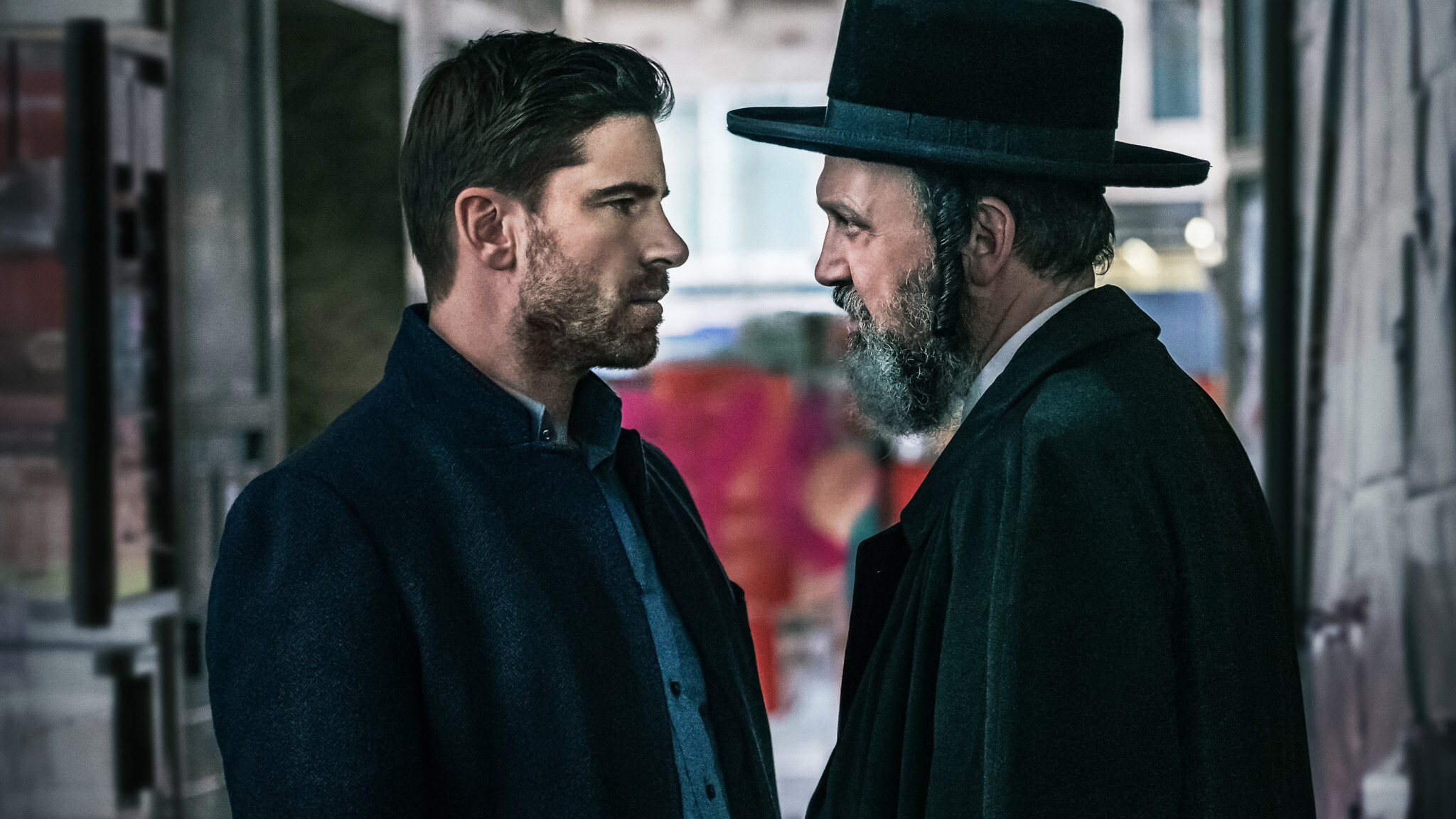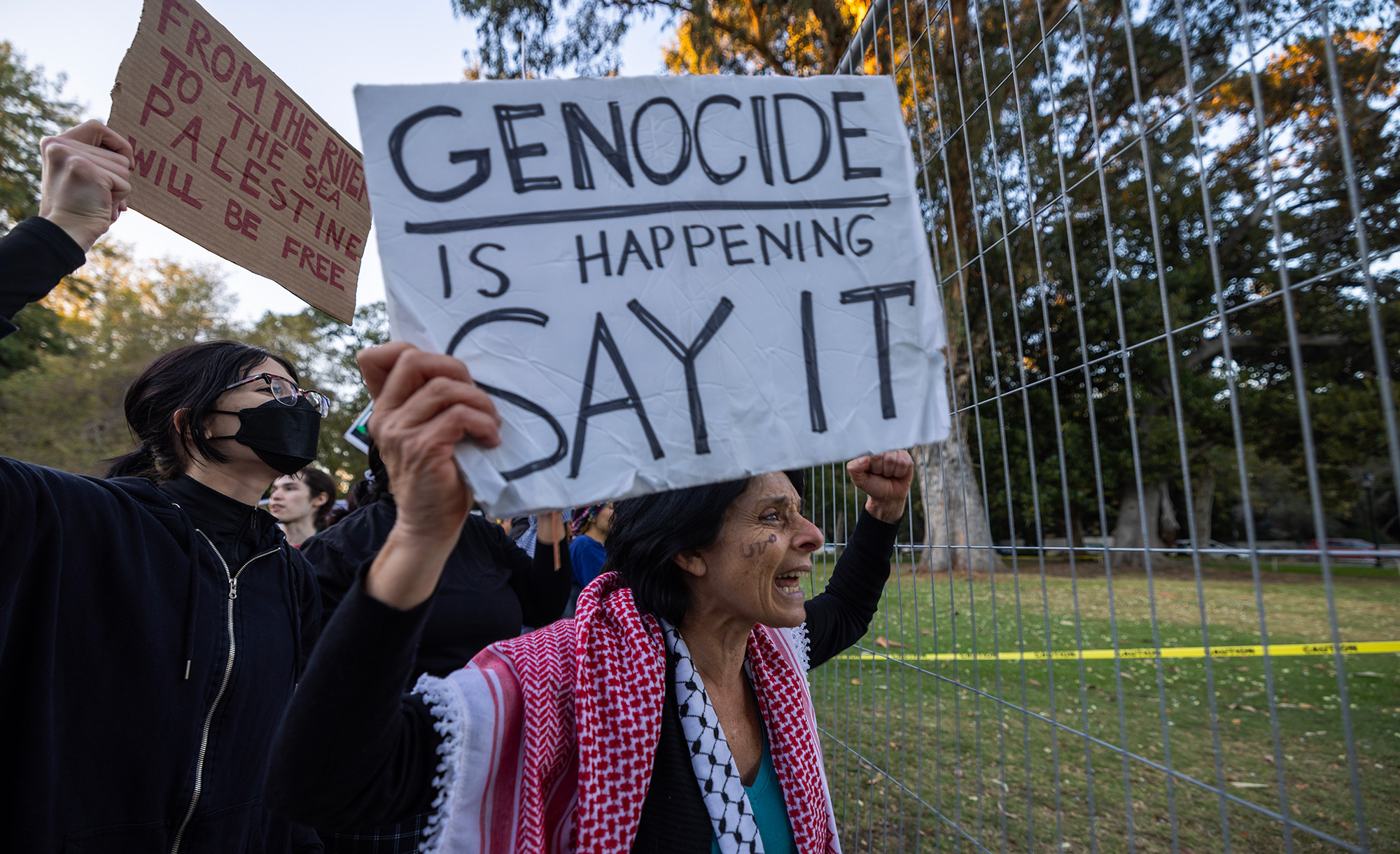In an encomium to the American Jewish artist Mark Podwal, Cynthia Ozick describes his uncanny ability to create striking images that capture the themes of Jewish history. (With slideshow; originally published in 1990.)
Podwal’s genius for . . . historical contradictions—or intensifiers—[is on display] in a drawing that accompanies Elie Wiesel’s The Jews of Silence, a meditation on the travail of Soviet Jews. Moscow rises up before us with its recognizable onion-domed old churches—only the “domes,” when you look again, turn out to be the joyfully beflagged tops of decorative spice boxes—the spice boxes used in Jewish tradition for the havdalah ceremony that separates the close of the Sabbath from the ordinary weekday round. Yet these Jews are not permitted ordinary lives.
In the foreground, one spice box, attempting to escape, has been struck down and lies prostrate on Russian earth; nearby, another strives to stand erect; the letters of the Hebrew alphabet are seen coursing like musical notes—or else like a swarm of fertilizing bees—through the city. A multitude of implications bombard the eye in glorious simultaneity: the Jews of the Soviet Union remember who they are, and like the tall heads of the spice boxes aspire to freedom and hope through the continuity of the Covenant. They may be downtrodden for the moment, but the buzz of liberation animates them. Besides, there are windows in the spice boxes—some are thrown open, others are still shut, but one of them is emblazoned with a Star of David. And a free Star of David hurtles across the Moscow sky.
More about: Arts & Culture, Cynthia Ozick, Elie Wiesel, Jewish art, Soviet Jewry


